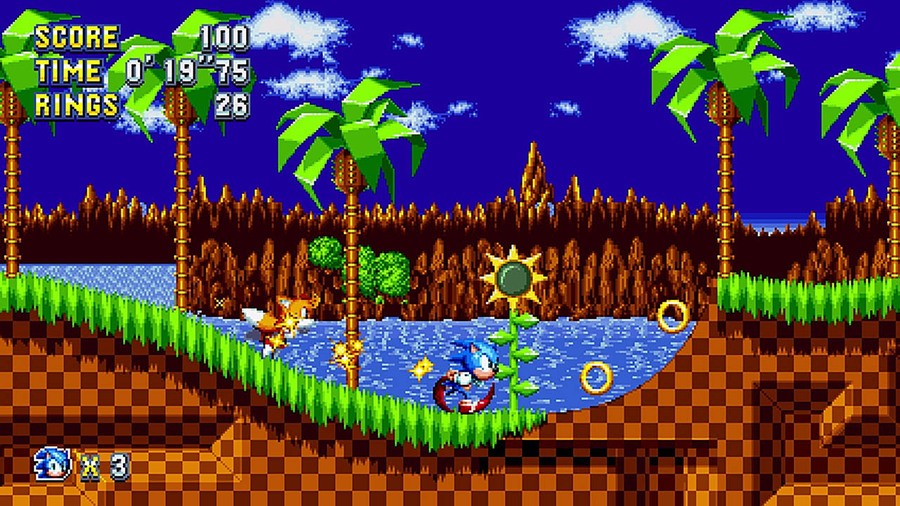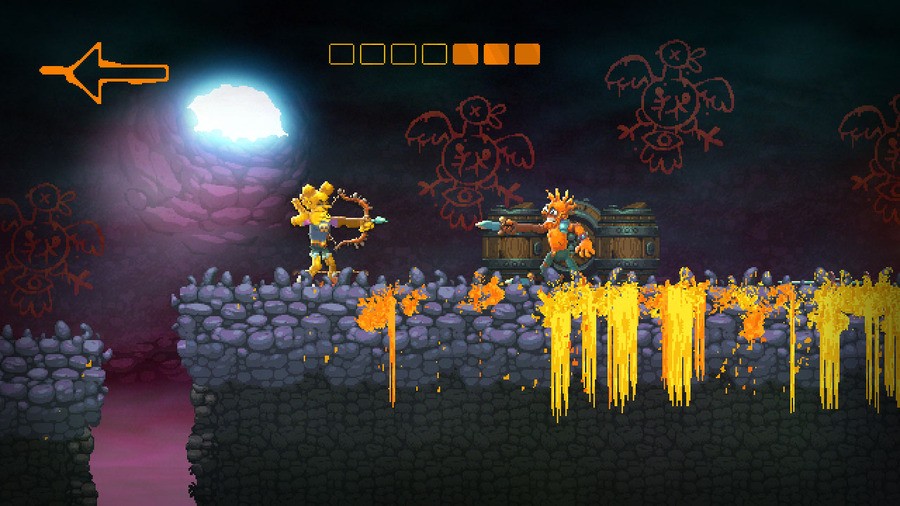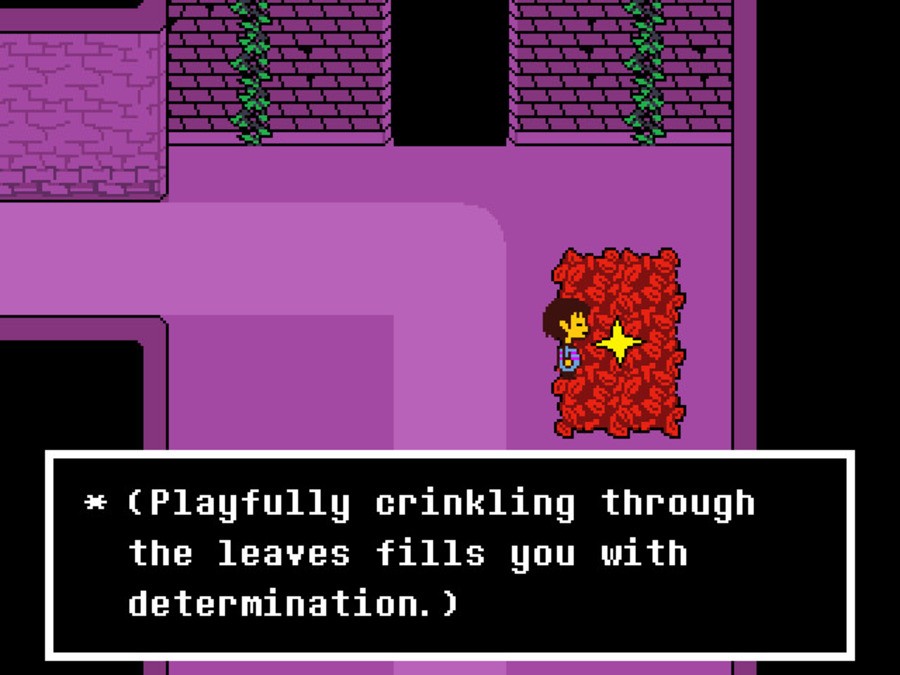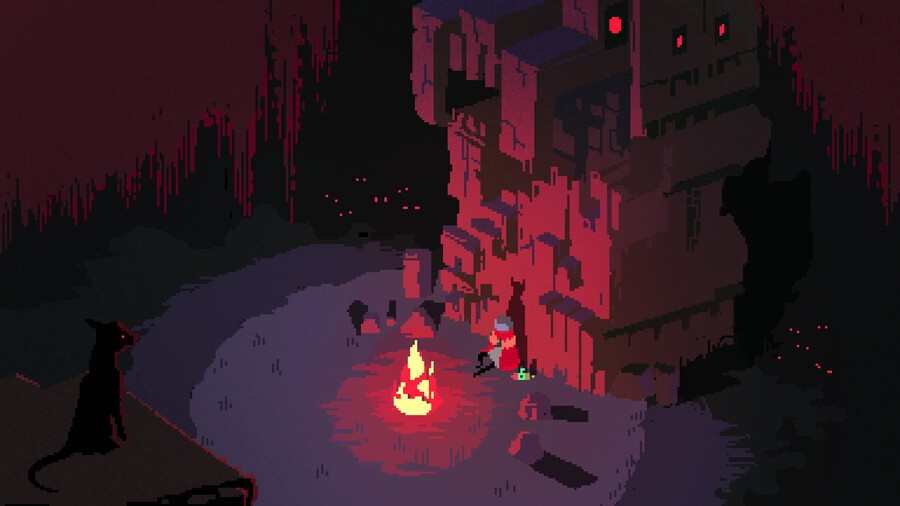
Video games have been around for a while now. We’ve now reached a position where children who played, and were inspired by, games such as Pac-Man, DOOM, or Super Mario Bros are now making games of their own. Chris Davis, creator of The Escapists, puts it like this: “I also happen to be a big retro game fan, so the visuals are a nod to the games I used to play as a kid that got me into game development. I tend to make games my younger self would have loved to play back in the 8/16 bit days.” What that means is that, nowadays, the vast number of games we enjoy every day have a huge variety of art styles, many of which look like they could’ve been released 20 years ago.
Just this week, in fact, I’ve been playing Sonic Mania, Nidhogg 2, and Undertale – three very good games that all utilise pixel art in their presentation. Sonic Mania is famously made by a team of old school Sonic fanatics, and is a great example of people who grew up during the 80s and 90s bringing back elements of the titles they used to love. Mania bears a striking resemblance to the Sonic games of yore, but with modern luxuries like high definition and buttery smooth frame rates elevating it above those older titles. It’s nostalgic, yes, but that’s not necessarily a bad thing. Pixel art evokes a simpler time, but when done well, it can achieve some astonishing results – even in an age of games nearing photo-realism.
Subscribe to Push Square on YouTube166k

The truth is, not only is there a huge diversity in art styles, but there’s also a huge diversity in pixel art alone. Nidhogg 2 looks very different from its predecessor, for example. The chunkier characters are expressive and the levels are impressively detailed, while the first game has a simpler style that is somehow evocative of early 80s titles and yet distinctly its own thing.
Undertale, again, is wholly different, with limited use of colour and small sprites restricting the amount of detail. However, from what I’ve played so far, Undertale’s characters and world are some of the most memorable I’ve encountered in recent years. It’s amazing how much personality can come across from characters a few pixels across and with just a handful of frames of animation. It’s a world away from something like, say, Uncharted, but there is easily as much characterisation going on in both.

I look back on the games I listed as my top five of 2016, and among them is Hyper Light Drifter, a fantastic action title with gorgeous pixel art. It pleases me to see it stand alongside Ratchet & Clank, Overwatch, Uncharted 4, and The Witness, my other picks, because while these other games all have their own (excellent) visual signatures, Hyper Light Drifter is proof that well-executed pixel art can be just as impressive as, well, anything else really.
Sometimes I see people online lamenting the abundance of indie games with a pixel art style, and I wonder why they don’t like it. Games like Gran Turismo Sport or Battlefield 1 have incredible visual fidelity, but they are equally as plentiful as pixelated titles. We live in a time when Thimbleweed Park is releasing in the same month as Uncharted: The Lost Legacy, and this diversity of art styles is something to be celebrated, not maligned. I’m not saying that all pixel art is brilliant, because it’s not. But allowing yourself to see the beauty in what can be achieved with pixels will make you feel much better than criticising “yet another pixel art platformer” on PlayStation Plus.

It’s all down to personal taste, of course, and it’s not my intention to criticise. I just look at the games coming out every week and I’m blown away by the sheer range of what’s on offer. I can go from playing Horizon: Zero Dawn to No Man’s Sky, TowerFall Ascension, The Witness, or Hohokum. Think about how visually different those games are from each other. I’d rather that than every game look like a photograph.
Are you a fan of pixel art games? Do you revel in the sheer variety of experiences available on the PlayStation Store? Go low-res in the comments section below.





Comments 12
Good article. I think you touch on it a bit in this article, but I'll never understand the people who are outraged at the existence of a game with 8-bit or 16-bit stylings, as though they're reducing the number of big budget blockbusters available.
The fact is that there's a broad spectrum of experiences on the PS4, and I'm not sure why anyone would argue for less variety. And as you say in the article, there are some pretty poor pixel art games on the PS4, but the same can be said for every style and genre.
@get2sammyb Every platform has an abudance of something or other to the point it seems like oversaturation. Stram has...well turds...and PS4 certainly does not overflow with retro style titles. Thats the entirrty of Nintendos thing.
Should say @Quintumply that on my 7th run of Mania now...makes me realise that my saying 6/10 annoyed people. Sadly i dont work on a 4 point scale XD 6 to me is a good game with some questionable moments.
But pixel art...isnt overused. If anything I welcome it. Swear if I see any more super realistic games Ill choke. You want to talk about overdone?
2 of my favorite games on PS4 are hyper light drifter and salt and sanctuary. HLD is a definite gem though.
Is sonic mania pixel art games? I always though pixel art games is something like hyper light drifter, hotline miami, kamiko, etc, while sonic mania, spelunky, bastion, transistor and pyre is just regular 2D games.
The nice thing about 2D games is usually the graphics stand the test of times. For example, metal gear solid 1 & castlevania sotn has one of the best 3D & 2D graphics on ps1, but while mgs1 graphics is laughable now, castlevania sotn graphics still looks good, it only need updated resolution.
I'm with you, I love this art style and for some games it even looks superior.
Sonic 2 just looks a lot better in all its pixelated glory, for example:
https://www.youtube.com/watch?v=lMhg-JXoURo
Doesn't look right!!
I think it's important to remember that there's such a thing as "bad" and "good" pixel art. Luckily, lots of studios get it right, but naff pixels can really drag a game down too.
@get2sammyb Totally agree.
@BLP_Software Glad you're enjoying it despite any issues with it you may have.
@wiiware Sonic Mania is pixel art. It's 16 bit, rather than 8 bit, but it isn't hand drawn or using vector art like the other 2D games you mention. All the games you've mentioned have good art styles too
@Bad-MuthaAdebisi Haven't played Oxenfree but yeah, Inside has a fantastic look to it.
@Cassetticons Agreed! No one art style is the right one, and they can all look amazing, but they can also all look terrible if handled poorly!
The thing for me is, pixel art doesn't age. I love SNES graphics. The more realistic games look the more they'll eventually look outdated. Just take some of these remasters for example. When they show the comparisons you're like, "wow I don't remember this looking quite so bad!"
Love them when done right, but it's approaching overkill. I'd much rather see games in the hand drawn style like Hollow Knight, or in the art style of Ori. Those games look retro yet modern in the best ways.
I think it's a fine balancing act - a (fortunately small) group of indie devs think it is just enough to have the pixel art style - with very limited understanding of what makes games that inspired their own works great experiences that stood the test of time. I've definitely played one or two games on PS4 where I've felt like the retro stylings are entirely superficial; but it's not quite as bad as some of the uninspired rubbish I've seen on platforms like Steam or Itch.io.
But, like I say, they're the minority. I'm glad they're the minority, because I think retro aesthetics and pixel art will always have a place in gaming; even as 3D technology gets more and more advanced, leading to things like the amazing shaders used in Guilty Gear XRD to blur the line between hand-drawn 2D and 3D modelling.
For all of the complaining about "retro indie trash" you get, especially in the comments on the PlayStation blog, I don't think gaming would be quite the same if we didn't have new titles like Shovel Knight, remasters like Wonder Boy : The Dragon's Trap and collections of retro classics like the Mega Man Legacy Collections readily available for gamers of all stripes - even people who are too young to remember when those sorts of games were king.
It's hard for me to explain why I really like pixelated games so much. I technically started playing games with pixels on SNES, so it's not like I didn't grow up with it. I think it comes down to color palette. Most of the games I like have diverse or well done mixes of colors. Gives them a lot of personality by appearance instead of vocal expression. I wish more games did that.
Love this article, and the sneaky reminder that the witness was the actual best game of 2016.
Show Comments
Leave A Comment
Hold on there, you need to login to post a comment...